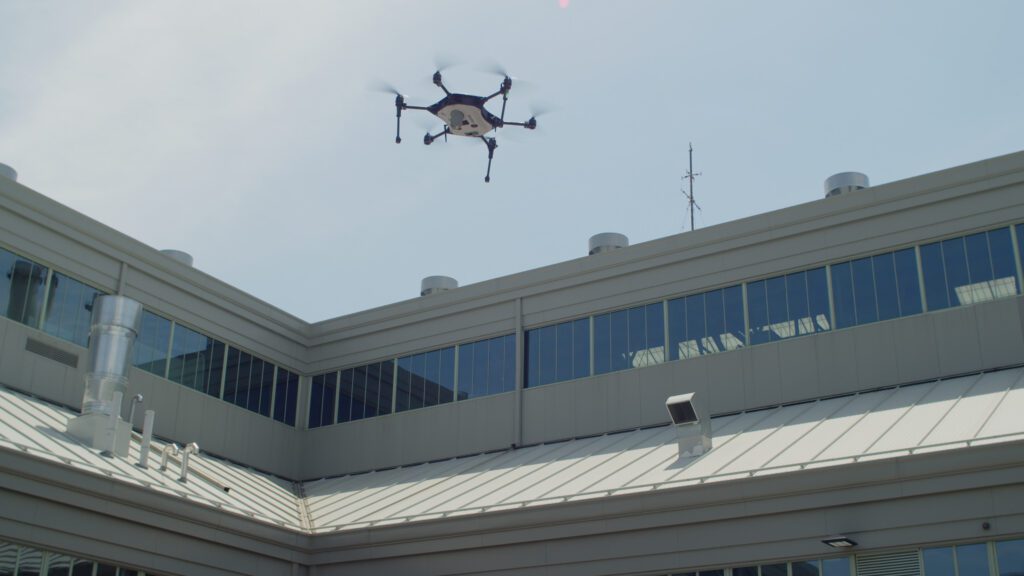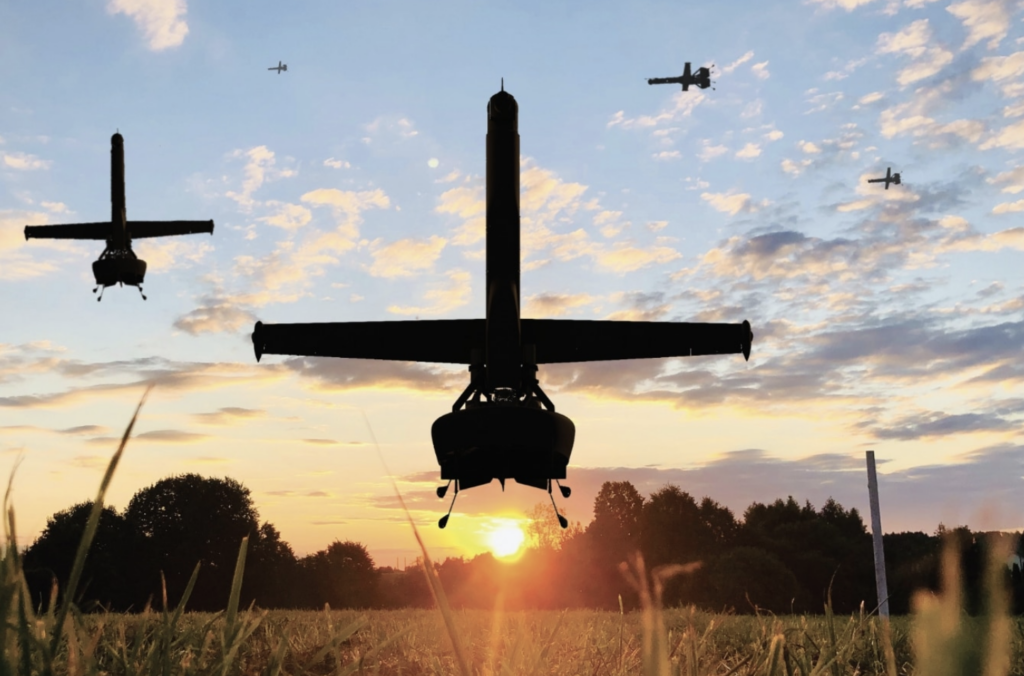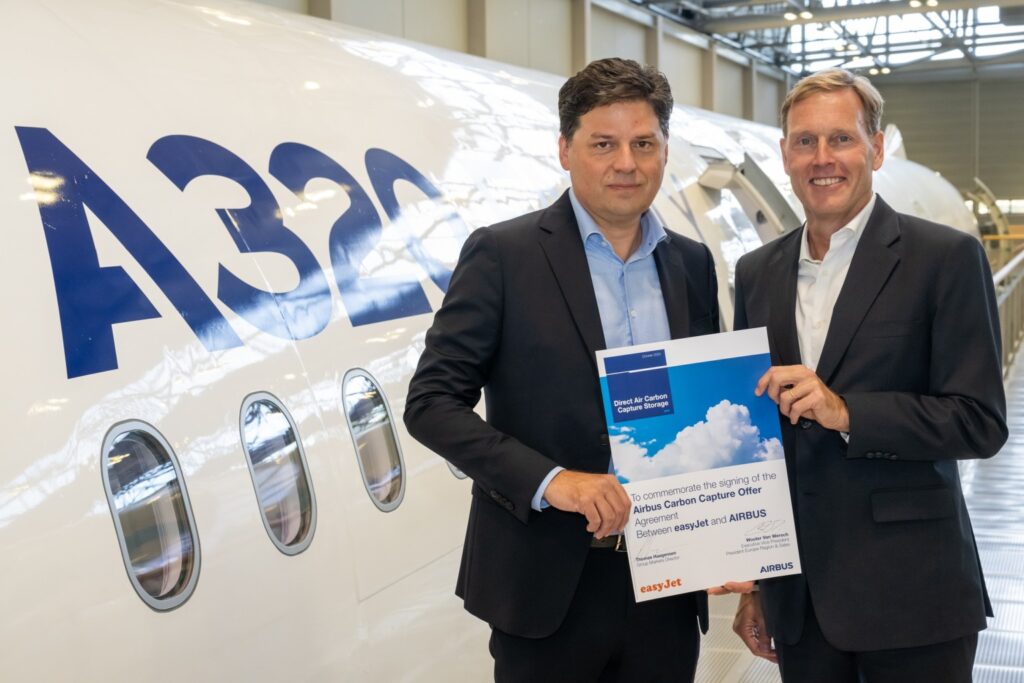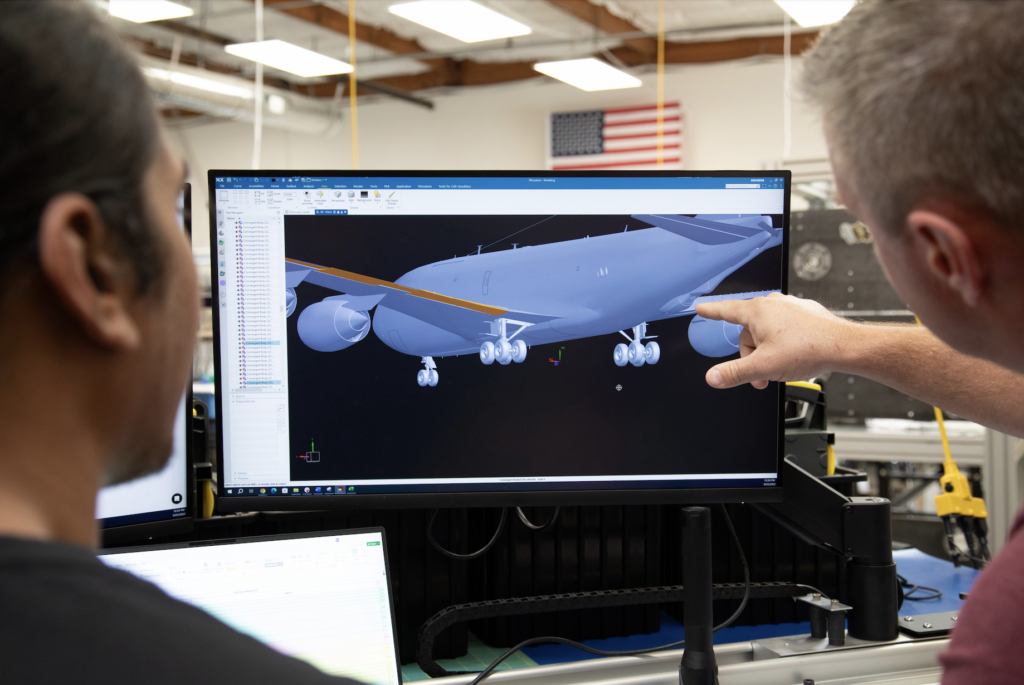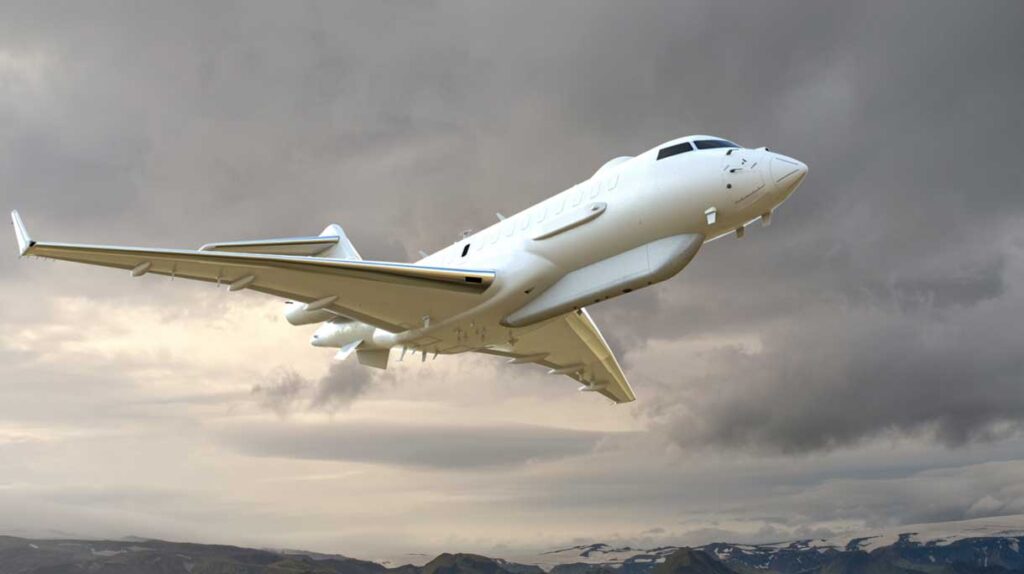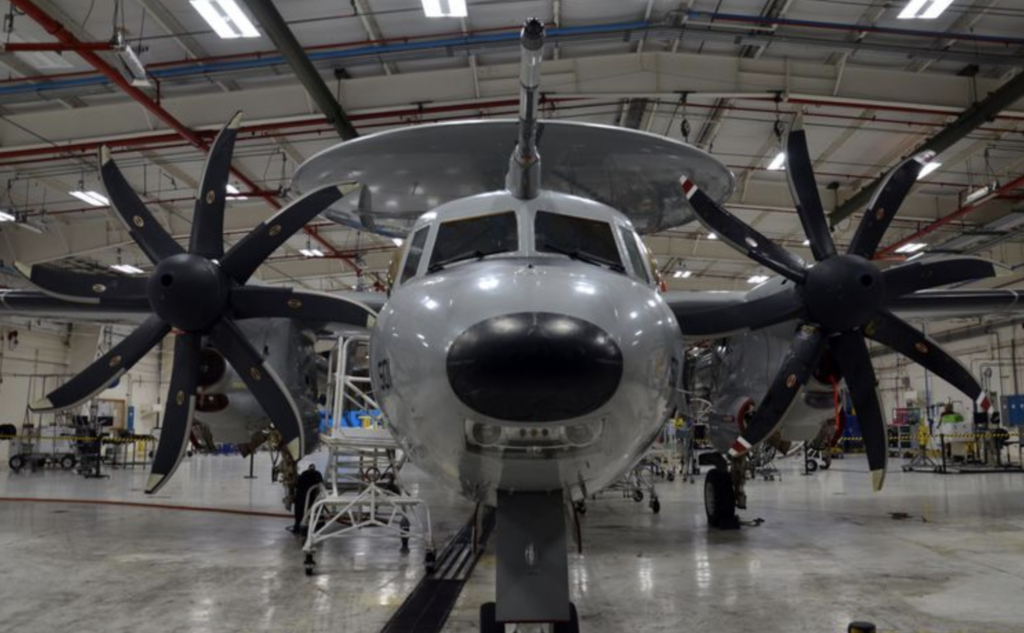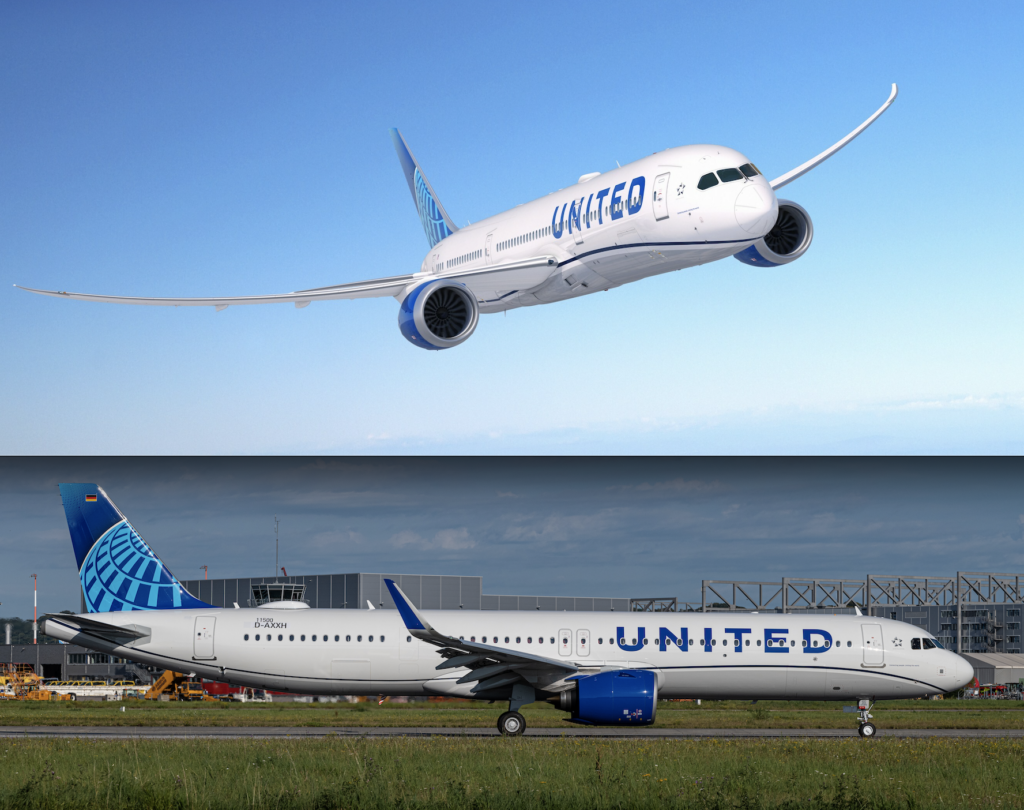Business Execs Mindful of Aviation Carbon Footprint, New Airbus Study says

LAS VEGAS – A new study commissioned by Airbus asked senior executives of large U.S. companies that use business aviation show the firms are well aware of their carbon footprints and want to improve sustainability.
Airbus Corporate Jets found that 95 percent of the executives interviewed say their companies have a good understanding of the carbon footprint of their business aircraft flights. Nine out of ten surveyed say “their understanding has improved over the past five years, with nearly half saying it has improved dramatically,” the survey found.
“The two main reasons behind this shift are the appointment of specialists to monitor the carbon footprint of flights, and an increased investment in these teams,” Airbus said. “The third main reason given is that companies operating their aircraft are now offering more detailed carbon footprint data for flights.”
U.S. companies are taking a range of steps to reduce the carbon footprint of their business aviation flights. Among executives at firms that use business aviation, 61 percent anticipate their companies would be prepared to increase their business aviation budgets by more than 25 percent to enable them to use sustainable aviation fuel (SAF) or more fuel-efficient aircraft, the Airbus study found.
Of those executives at firms that own or lease business aircraft, nearly all report increased investment in fleet management technology for route optimization, which helps to reduce fuel burn and carbon emissions.
Most executives at firms that charter business jets also emphasized a preference for newer, more efficient models to help reduce the impact of their flights on the environment.
—————
Boost Internet Speed–
Free Business Hosting–
Free Email Account–
Dropcatch–
Free Secure Email–
Secure Email–
Cheap VOIP Calls–
Free Hosting–
Boost Inflight Wifi–
Premium Domains–
Free Domains






